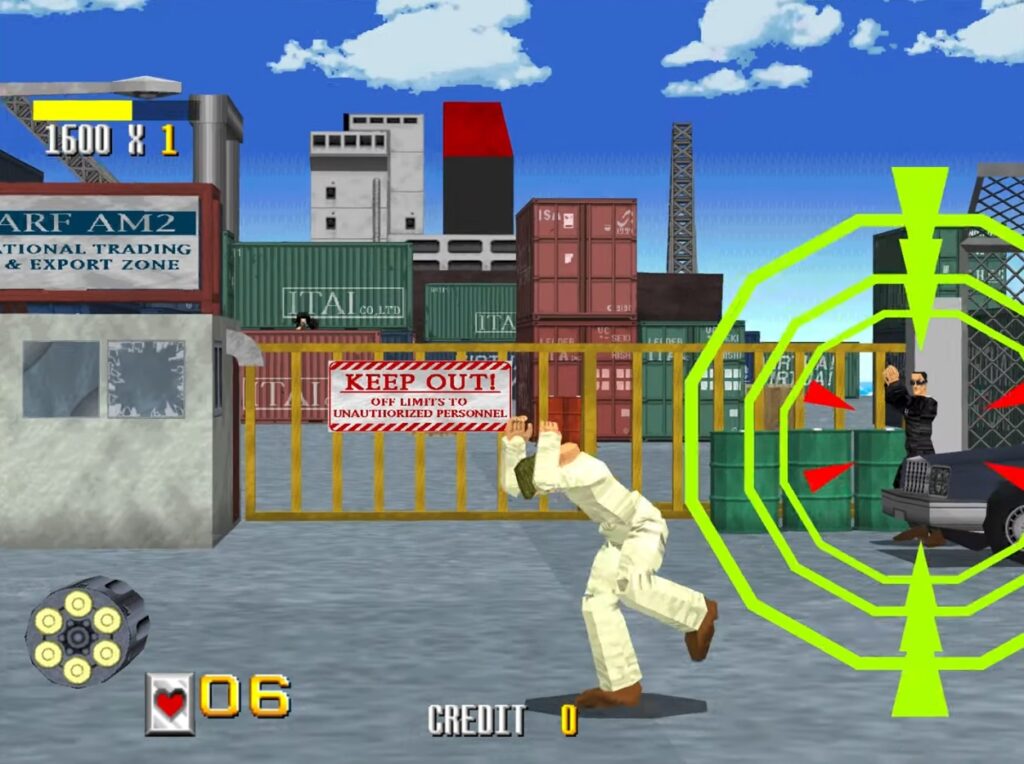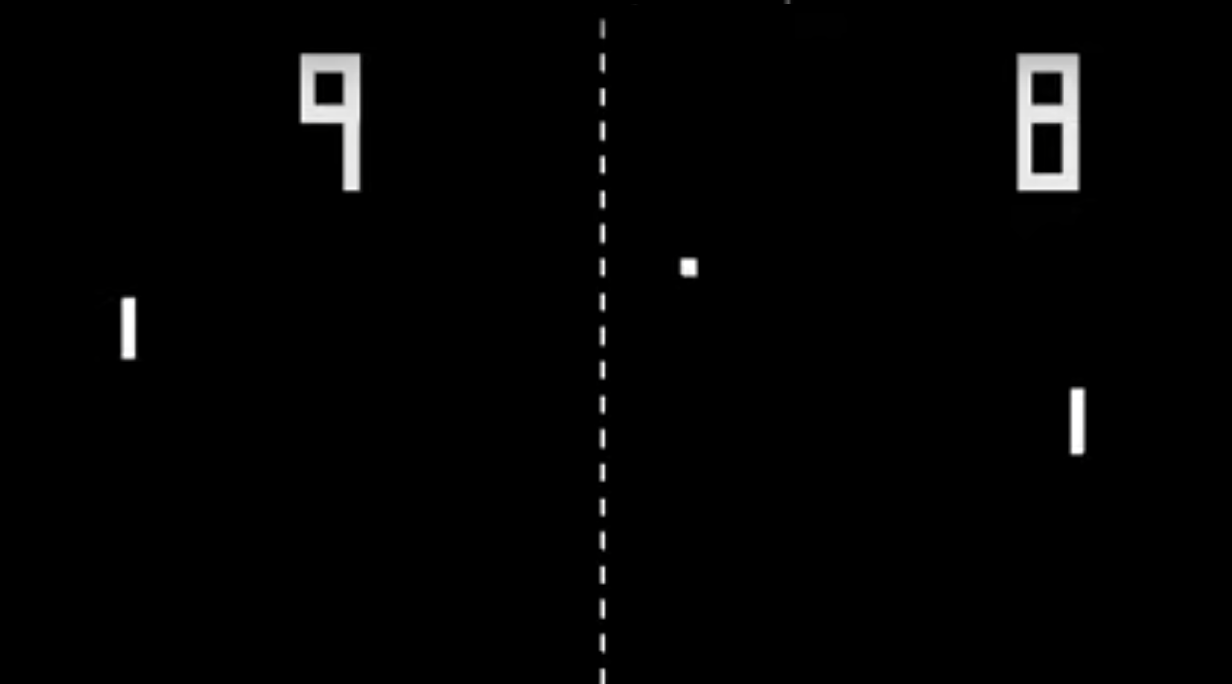Triggered Technology: The Rise and Refinement of Arcade Light Guns
Arcade light guns have been an integral part of the gaming experience since the mid-20th century, offering players a more immersive and interactive experience. Their development over the years is not just a story of technological innovation but also a reflection of the evolving desires and expectations of gamers.
Light gun technology in arcades dates back to the late 1930s, with mechanical shooting gallery games. These early versions used simple light sensors and were often housed in large, cabinet-style machines. A notable example is the Seeburg Ray-O-Lite series introduced from 1936. With these machines, players shot at a mechanical target with a light-emitting gun. When the light hit the target’s sensor, it triggered a mechanical response, simulating a hit. The success of the early Ray-O—Lite machines saw Seeburg expand their range with titles such as”Duck Shoot”, “Shoot the Bear” and if you ever want to (playfully) take your frustrations out on your mother in law, there was a game for that too.
The 1980s and 1990s saw considerable advancements in light gun technology, with games like Nintendo’s “Duck Hunt” (1984) for the NES and it’s “Zapper” peripheral, which subsequently saw a successful arcade release as part of Nintendo’s VS series of arcade machines. The principle behind these guns flipped the concept of detecting light on it’s head, with the light detector now based in the gun, rather than on the targets. This was possible due to the cathode-ray tube (CRT) technology found in TV sets (and monitors in arcades). When the trigger was pulled, the screen would go blank for a fraction of a second, and a white rectangle would appear where the target was. The gun contained a photodiode or similar sensor that could detect the bright light from the rectangle. If the gun was pointed correctly, the sensor would ‘see’ the light, and the game registered a hit.

Sega subequently introduced the “Light Phaser” for the Sega Master System that improved the technology further. In simple(ish) terms, it measured the time it took for the electron emitter firing onto the CRT display to scan from the top left of the screen until the light emitted by the phosphorus in the display is detected by the light gun. This method allowed for detection of the light guns position, even if it had missed the target and allowed visual feedback to be provided about where the players shot had landed. “Virtua Cop” (released in 1994) expanded on the genre further by introducing 3D graphics and a hit detection system that recognized multiple hit zones on targets, adding a new level of complexity and realism to light gun games.
Arcade machines have evolved significantly in their use of light gun technology, especially in the transition away from the reliance on Cathode Ray Tube (CRT) displays. The transition was necessitated as the gaming industry moved towards more modern display technologies like LCD and LED screens, which do not interact with light guns in the same way as CRTs. The fundamental challenge was to replicate the accuracy and responsiveness of CRT-based light guns on these new types of displays.
One notable approach to this challenge has been the use of infrared (IR) technology. In these systems, IR emitters are placed around the display screen, and the light gun detects the IR signals. When the trigger is pulled, the sensor detects the IR emitters situated around the screen, determining where the gun is pointed based on the angle and position of the emitters relative to the sensor. This method allows for precise targeting without the need for a CRT display’s specific properties. A prime example of this technology in action is the game “Time Crisis 4” by Namco. Released in 2006, it used IR emitters placed around the LCD screen to accurately track the player’s aim. This system is similar to that used in the Nintendo Wii sensor bar (actually an infrared emitter) to calculate where on screen the Wiimote is pointing.
As arcades continue to strive to offer experiences not available in the home, today’s light guns incorporate a blend of motion sensors, advanced optical tracking, and haptic feedback to provide a more immersive experience. These modern devices cater to a generation of gamers accustomed to high-definition graphics and interactive gameplay, blending the nostalgia of classic arcade shooters with the sophistication of current technology. The integration of second screens in some systems further pushes the boundaries. As these technologies continue to evolve, they are keeping the spirit of arcade gaming alive, ensuring that the legacy of the light gun continues well into the future.




